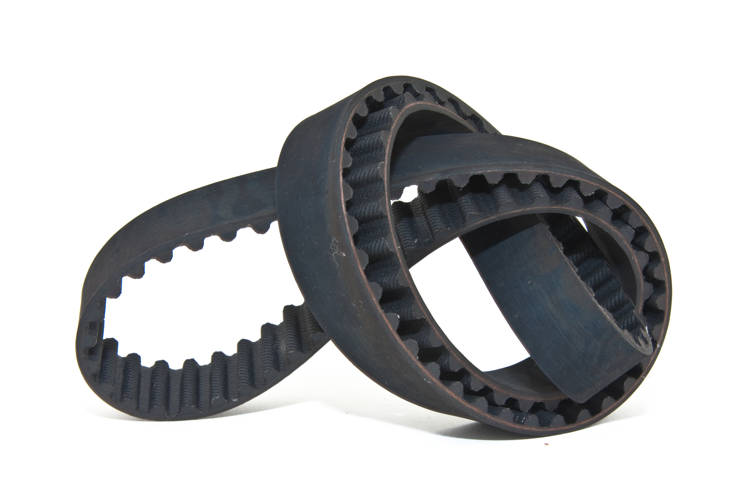Silvhorn Automotive offers maintenance to a variety of vehicle belts and hoses.
Timing Belt
The timing belt is a notched rubber belt that allows the crankshaft to turn the camshaft. A timing belt is sometimes called a Gilmer belt or a camshaft drive belt. The camshaft opens and closes the valves in synchronized movement with the engine’s pistons.
If your timing belt breaks, your engine will stop working and can cause significant engine damage. That’s why it’s crucial to have your timing belt regularly inspected. If the belt is loose or has slipped, the valves could open at the wrong time and be struck by your engine’s pistons. Warning sounds include a slapping noise coming from your engine. This indicates a slipped belt.
During the inspection of your timing belt, Silvhorn Automotive technicians will look for cracks or stripping that indicate it’s time for belt replacement. Typically, timing belts should be replaced every 60,000 to 86,000 kilometres (or 50,000 to 60,000 thousand miles).
Serpentine Belt
Serpentine belts, also known as drive belts, provide power to the air conditioning compressor, power steering pump, cooling fan, air injection pump, and more.
If your vehicle’s serpentine belt breaks, all of the engine parts it is powering will stop working, and your engine could overheat and be damaged.
Silvhorn Automotive technicians look for cracks, wear, and stripping to determine if your serpentine belt is in danger of failing. Like the timing belt, we recommend having your serpentine belt inspected every time your oil changes. Warning sounds include a screeching noise from your engine, especially during start-ups on cold mornings or sharp turns.
Studies have shown that serpentine belts often fail between 57,000 and 87,000 kilometres (or 36,000 to 50,000 miles). Therefore, it’s recommended to change your serpentine belt before this mileage.
Hoses
Coolant hoses include the upper and lower radiator hoses plus heater hoses. In addition, some cars have a bypass hose. Hoses provide a flexible connection for coolant flow between the engine, radiator, engine and heating block.
Tiny cracks can form from the inside, eventually leading to a burst hose and an overheated engine. Have your vehicle hoses and accompanying clamps inspected twice a year.













